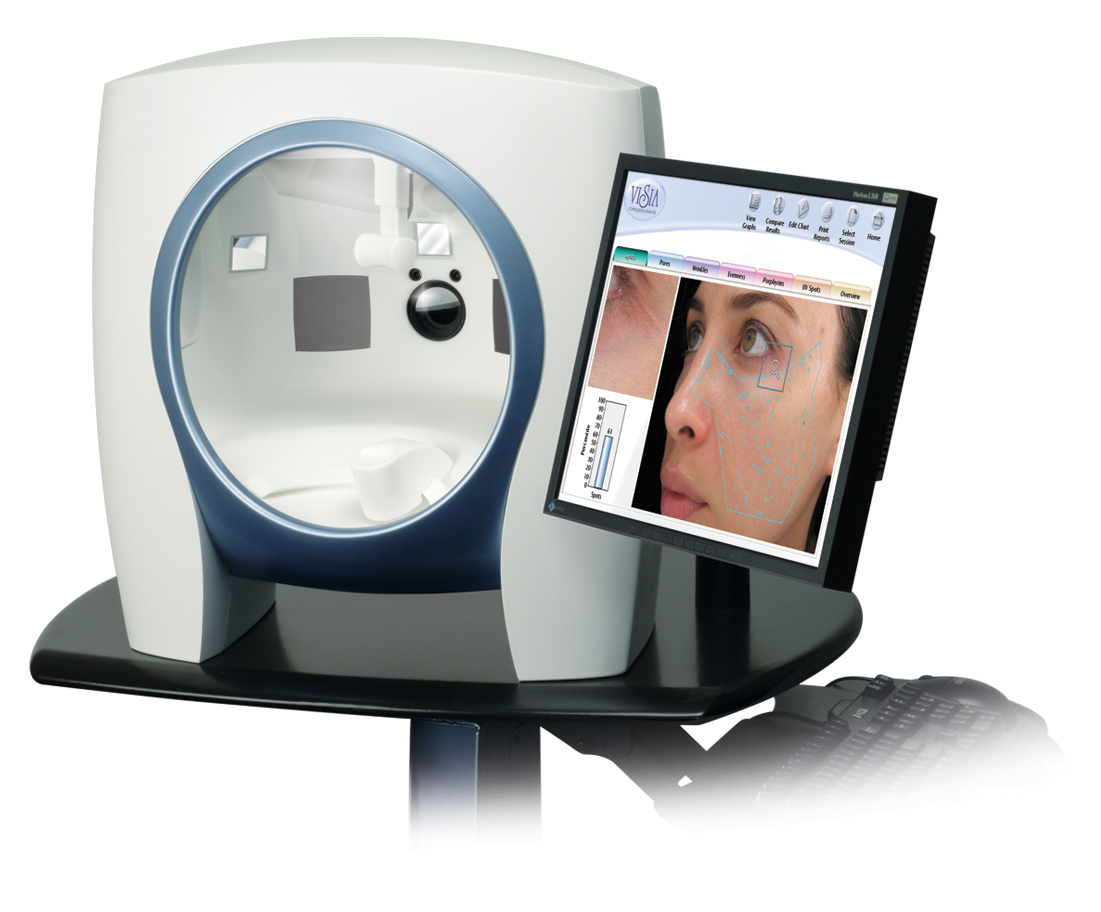
Technology’s rapid evolution affects every aspect of daily life. Advances happen so frequently that it’s truly hard to keep up or to even imagine what remote aspect of life is getting a boost from new tech. For dermatologists and plastic surgeons looking to rejuvenate facial skin, advances in imaging technology have brought in a new way of treating the face. Utilizing Canfield Imaging’s VISIA technology, physicians are able to actually see damage at all layers of the skin, and precisely develop a solution.
By Kevin Smith, MD and Mary Lupo, MD
and Adam McMillon
The Plastic Surgery Channel
Imaging the skin
Not all damage to the skin is the same. The processes that caused your wrinkles are different than what caused the brown spots. While all blemishes tend to get bundled into the same group when we assess the state of our face, the VISIA device helps physicians separate the various issues, allowing treatment to be more pinpointed. “VISIA is a device where we can take photographs of patients and analyze their skin problems,” says Dr. Kevin Smith, a board certified plastic surgeon in Charlotte. “Pigmentation, red spots, wrinkles.. VISIA can see it all.”
Dr. Mary Lupo, a board certified dermatologist from New Orleans, uses VISIA in two important ways. “In my practice, I use this device as both an educational and a diagnostic tool,” she says. “We can generate a photograph with Visia that quantifies the parameters of the skin that I’m assessing. I get a score for texture, wrinkles, UV spots, brown spots, red spots, and even for bacteria.
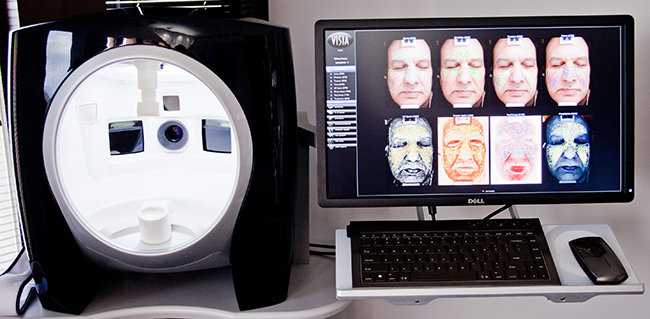
The distinction between qualitative and quantitative reasoning is important here. Quantitative reasoning is based on the quantity of something, while qualitative is based on the quality. While it may seem obvious, the difference is important to understand, and defines why VISIA is such an important innovation. Before, physicians relied on their own experience and skill to judge the quality of the skin and determine the right treatment. With a quantitative assessment performed by VISIA, physicians are able to build a treatment plan with much higher precision based on the imaging results.
“I use Visia to score my patients based on their age, compared to other people of the same age,” says Lupo. “It’s a percentile. If you have a 90 percentile, it’s very good, whereas if you have a 20 percentile, that’s not very good. Based on that assessment, it shows me what area I need to concentrate on to get my patient where they want to be.”
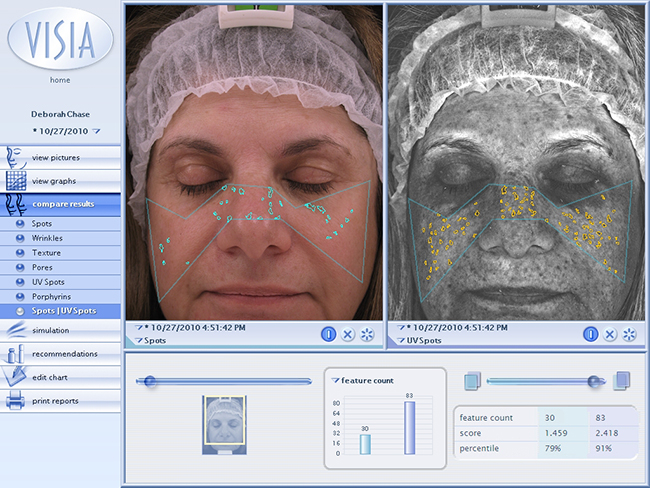
More than just assessing patients, Visia educates
Besides scoring the damage that has happened to our faces over time, VISIA gives physicians a new way to educate patients as to why and how the damage occurred. “It’s a device that helps me to better educate my patients…to have them understand what the sun has done to their skin,” says Lupo. “It also helps to motivate them to take our devised skincare plan more seriously.”
“And, after you finish that plan,” notes Smith, “you can re-image the patient with VISIA and show them the success of their treatments.”
Dr. Lupo agrees: “Exactly. We show them the success, and where, if anywhere, we need to concentrate on next.

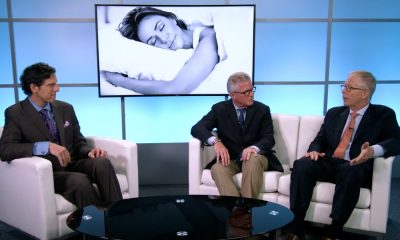
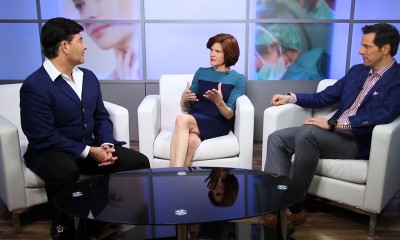

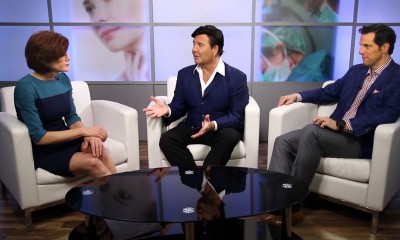
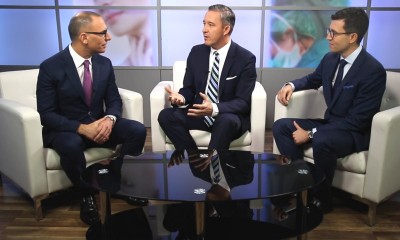
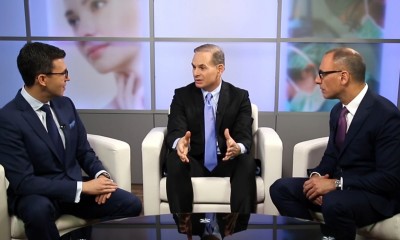
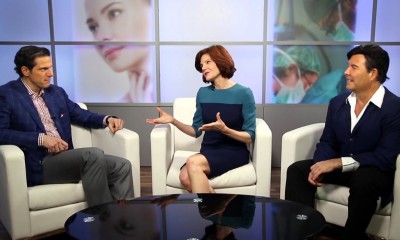
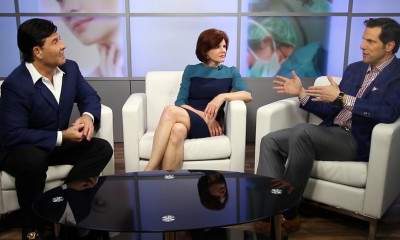
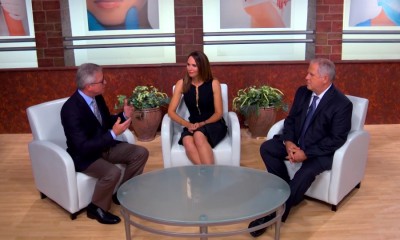




Facebook
Twitter
Instagram
YouTube
RSS